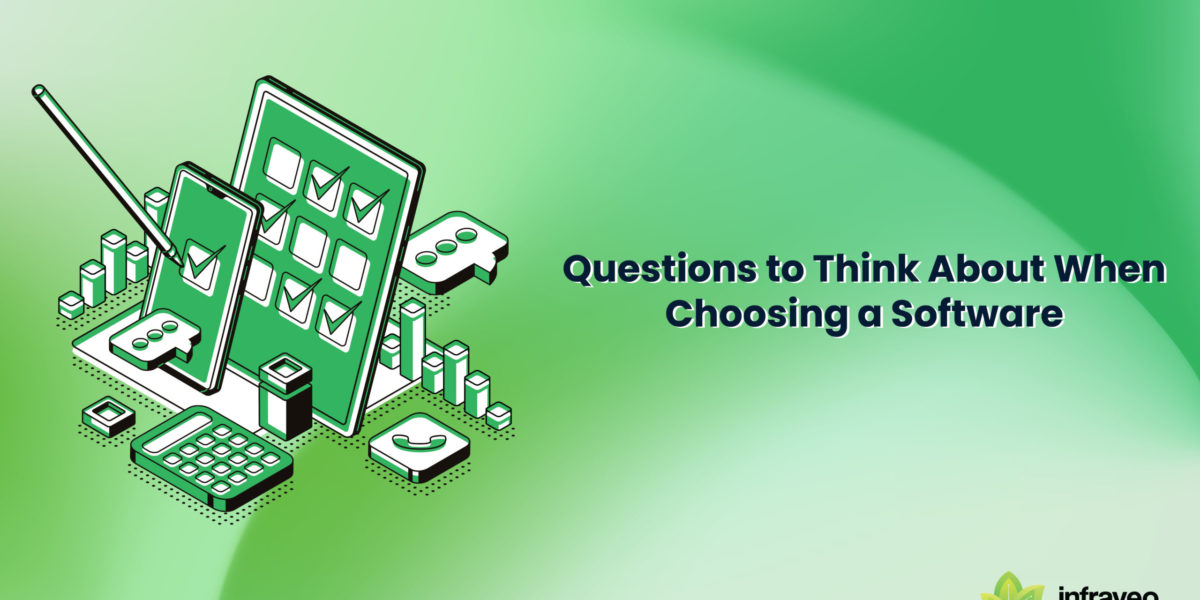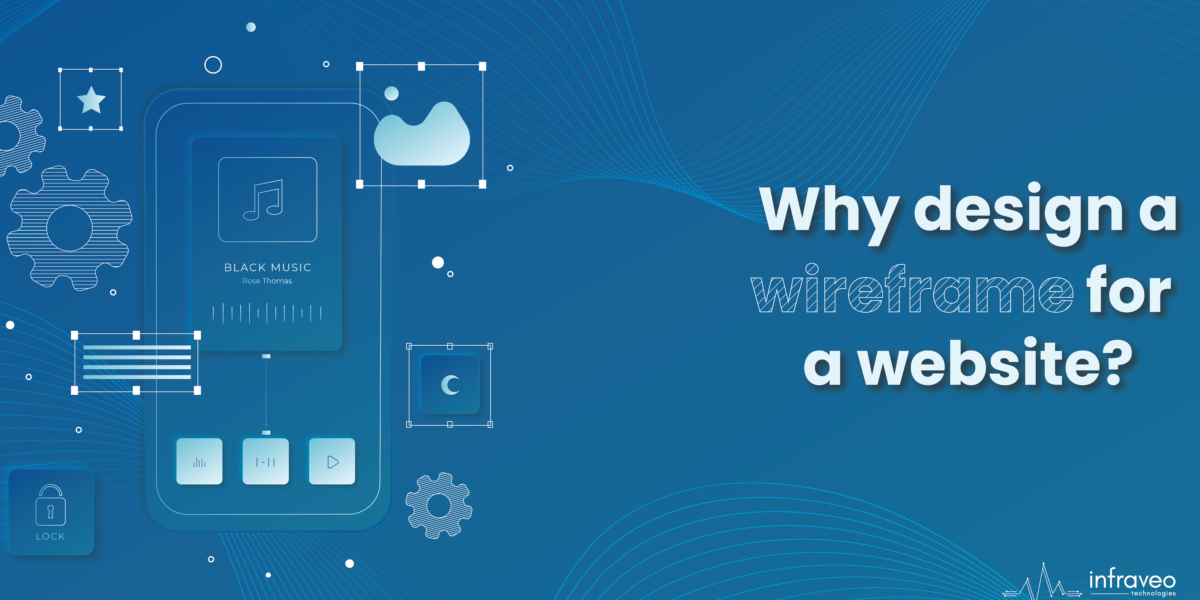Introduction
In exploring beyond the limits of traditional cloud-based networks, Edge Computing may be just what we need. Also known as fog computing, it is a new trend in the field of IT. We can say that it is a distributed computing paradigm that brings computer data storage closer to the location where it is needed, to improve response times and save bandwidth.
“The edge” represents the location between end-users and the cloud. At some points along with the network, typically at the “edge,” there are devices or gateways that aggregate data from many sources, analyze it locally, and then send it to the cloud.
What is Edge Computing?
Edge computing refers to any process or data that happens on devices as opposed to in a cloud environment. The main advantage of edge computing is that it reduces latency time, which means that applications will run faster than if they were running solely on the cloud. Edge computing also enables the use of cloud services such as storage and analysis without having to build their infrastructure or hire staff members with this knowledge. Companies can keep control over their data while still benefiting from cloud services.
Edge computing has already become a growth factor for many companies. The edge computing market – estimated at USD 36.5 billion in 2021 to USD 87.3 billion by 2026 – is growing quickly, and the opportunities in this field will increase as more people adopt technology to improve the efficiency of their businesses.
It is a way to process data closer to the point of generation and consumption, rather than having to send it all to the data center. It’s a more efficient use of bandwidth and resources, but it also means that some applications may have to work differently when they’re deployed in an edge environment.
Difference between Cloud Computing and Edge Computing?
Cloud computing involves storing and processing data in remote locations, which can be accessed from anywhere on the internet. This makes it easier for companies to store their data in one place and access it at any time.
Against this, Edge Computing refers to applications that are located physically close to users, such as at the edge of a company’s network. Therefore, users’ personal information is not transmitted over the internet but instead remains on their devices or inside their own companies.
Here are some recent developments in the world of edge computing:
- Edge computing is gaining steam in healthcare. The healthcare industry is using it for things like real-time patient monitoring and predictive analytics for medical devices. For example, see how Duke University Medical Center used Amazon Web Services (AWS) Greengrass to predict oxygen levels for premature infants.
- It is becoming more common in smart cities. As London is using AWS IoT Core on edge devices such as streetlamps or traffic lights to check traffic patterns and improve public safety. Amsterdam is using AWS Snowball Edge devices to collect real-time data from sensors on its streets to track pollution levels and find areas where air quality needs improvement.
- It is being used by Autonomous vehicles (AVs). AVs can use this technology to improve safety, enhance efficiency, reduce accidents and decrease traffic congestion.
Advantages of edge computing –
- It helps with faster data processing and content delivery due to its high speed, reduced latency, and better reliability.
- Distributing processing, storage, and applications across many devices and data centers, reducing vulnerability to a single disruption.
- A combination of IoT devices and edge data centers offers more scalability and versatility at a lower cost.
Disadvantages of edge computing –
- Includes a higher storage ability.
- As a result of a large amount of data, it presents high-security challenges.
- Also, an advanced infrastructure is needed
Conclusion
We can say without a doubt that edge computing is a major step forward in the world of IoT. Also, it allows you to avoid many of the downsides of these technologies, including scalability, cost savings, and flexibility.
It doesn’t just make sense for some applications; it makes sense for all applications! And as more vendors, developers, and consumers begin to realize this fact, we’re confident that this technology will become widely adopted across the world.




